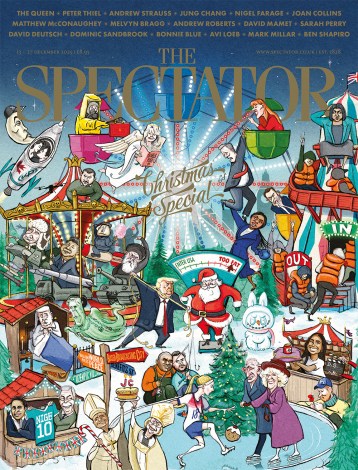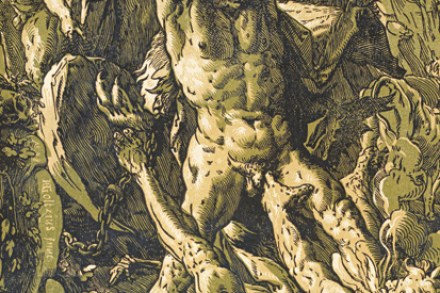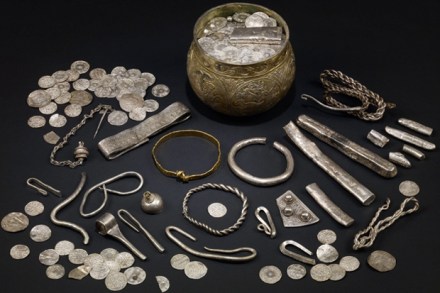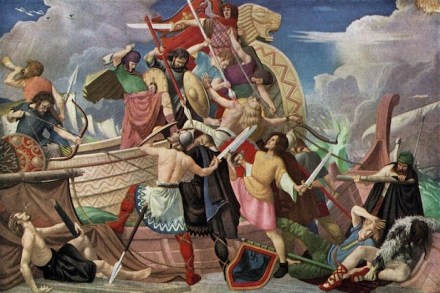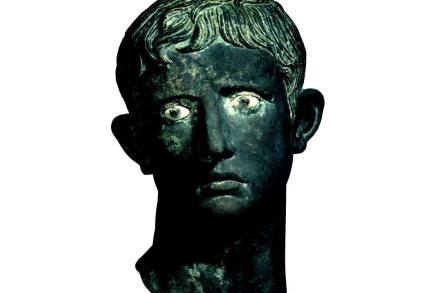For my family, the Vikings exhibition was about as much fun as being raped and pillaged
[audioplayer src=”http://traffic.libsyn.com/spectator/TheViewFrom22_10_April_2014_v4.mp3″ title=”James Delingpole and Peter Robins discuss the Vikings exhibition” startat=1656] Listen [/audioplayer]Have you managed to book tickets to the Viking exhibition at the British Museum yet? If you haven’t, my advice is: don’t bother. I know what the critics have been saying: that it’s an unmissable treat. But it’s only an unmissable treat if you visit under the privileged conditions of a previewing journalist. Go as an ordinary punter on the other hand — as the Delingpole family discovered to their cost last week — and you’ll find it about as much fun as being pillaged, raped and having your ribcage torn open to form a ‘spread eagle’.

